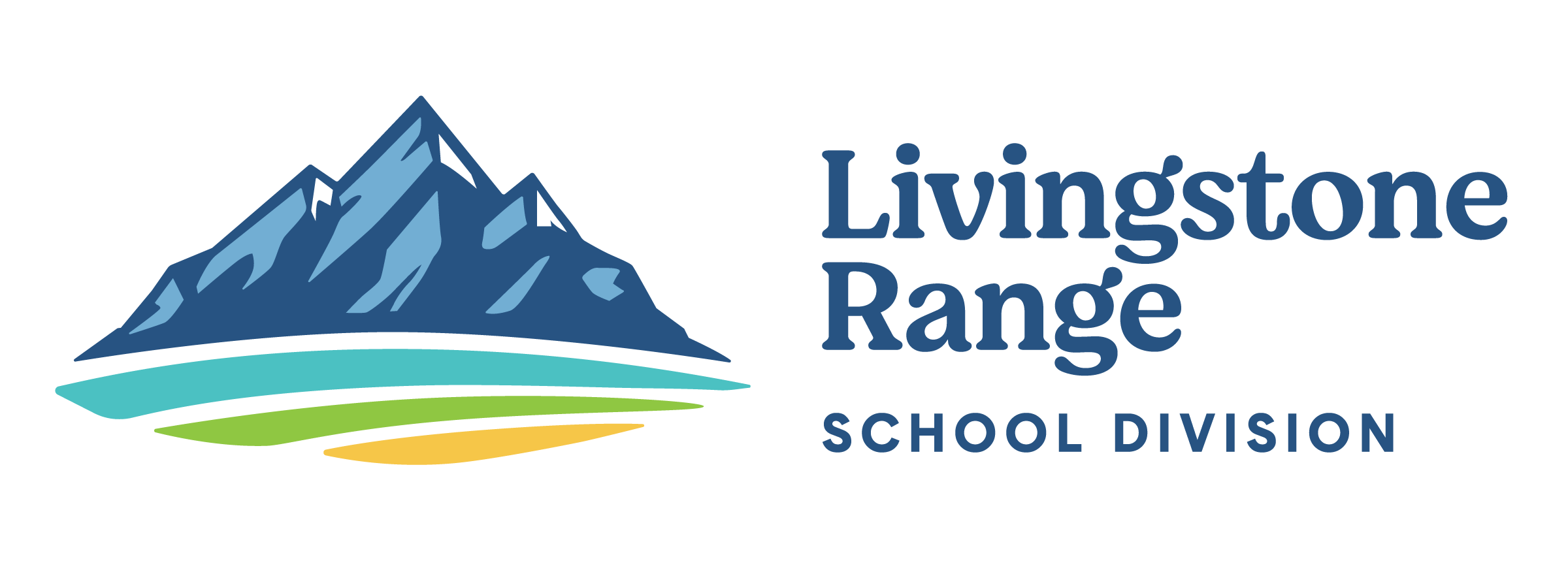WMES Grade Configuration 2024/25

West Meadow Elementary has found the need to change the grade configurations for the upcoming school year. Information regarding the changes, reasons for, and more can be found below.
Specific teaching assignments will be shared by the beginning of June as we finish up our staffing for the upcoming school year.
WMES 2024/25 Grade Configurations
- Kindergarten (2 Classes: M/W & T/TH)
- Three Grade 1 Classes
- Four Grade 2/3 Classes
- Four Grade 4/5 Classes
- Two Grade 6 Classes
Why IS WMES moving to Combined Classes?
There are a number of factors that are leading us to shift to a different school configuration. The primary reason is the continued reduction of funding for our school division and ultimately the school. This year alone, we have been reduced 2 full time teachers (2.2 FTE to be exact) due to budget restraints. That is a continued pattern of reduction over the past 5 years as teaching staff at our school has been reduced by over 20% overall.
Another challenge we face is the changing enrolment patterns we have experienced due to many factors that are affecting the evolution of the Town of Claresholm. There is an increase in the transient nature of our enrollment, causing numbers to fluctuate throughout the school year. This has led to 10% of our population moving in and out throughout the school year, leading to increased volatility in classroom numbers.
Furthermore, classroom complexities are continuing to increase. Classroom complexities refers to the having students with multiple needs in one class, including learning, behavioural, emotional and physical. The dynamics of educating our young children are complex, and supporting all our students in their learning is a primary goal for us. With combined classrooms, it allows us to navigate and support students with more flexibility in classroom assignments and student-teacher relationships.
Why this specific configuration?
We looked at many different configurations. The configuration we chose specifically helps us to:
- Ensure a solid foundation for our youngest learners, giving them the smallest classroom sizes and helping them transition from part time school to full time school
- Allow for our oldest students to focus on their final year in our building, preparing for provincial assessments and their eventual transition to the Jr/Sr high school.
- Maintain the smallest class sizes overall, avoiding single grade classes of over 30 students.
- Provide the most flexibility for classroom equity and meeting the needs of our school's growing classroom complexities
Expected Enrollment: Anticipated Class Sizes
|
Straight Grade Classrooms Average Size |
Modified Configuration Classrooms |
||
|
K |
14 |
K |
14 |
|
1 |
17 |
1 |
17 |
|
2 |
16 |
2/3 |
23 |
|
3 |
30 |
||
|
4 |
30 |
4/5 |
25 |
|
5 |
21 |
||
|
6 |
21 |
6 | 21 |
How long will this configuration be in place?
We are looking at this configuration for two years minimum. After that time, we will reevaluate and see how the process has worked. That being said, if provincial funding changes and we see an increase of staffing, we will look at the impact on our school, staffing and classrooms.
What is a Combined Grade Classroom?
Combined, or multi-age classrooms, are created when children of different ages and grade levels are combined in a single classroom to maximize academic and social benefits. At the end of each year, the older students move on to the next grade and a new group of students enters at a lower grade.
Combined classrooms are not the same as "split" classes. In a split classroom, two grades are put together but classroom instruction is often delivered to the grades separately. Students may end up missing a topic or unit from time to time when the topics are not cycled over two years.
In a combined classroom (or multi-age classroom) students would be receiving instruction that is tailored to both the large group and small group, as well as the individual student. They would continue to be assessed on their grade-appropriate levels and student progress would be reported to parents on a regular basis through report cards, online grade book, parent phone calls, and regular communication from teacher to home.
Classroom Configurations for a Combined Classroom
- Each class would be made up of students from two grade levels and students would remain in the same class for two years, with flexible groupings built-in.
- The entire classroom is taught the same concept from the curriculum (i.e. all working on patterns in numeracy) however, each child is working on a similar concept at their own level. The curriculum is very closely related between the grade levels and builds on the concepts from year to year.
- Teams of grades would follow the same curriculum timeline and a similar timetable. This allows all students in a combined grade to have a "similar" experience and expectations.
- The team of teachers for each grade would pool their strengths, collaborate in planning and develop assessments together.
What are the Benefits of Combined Classrooms?
- Social-Emotional benefits for students
- Increased leadership opportunities for all students
- Learner-centered approach
- More time with the teacher, developing a relationship
- Equity among classroom sizes and programming
- Greater comfort and security, less disruption from year to year
- Students perform well academically
- Children in the younger grade will be challenged
- Children in older grades will have learning reinforced and enriched
What is the difference between a combined and a “split” classroom?
In a Combined Classroom model, we may be able to be more purposeful and proactive in our planning. It would allow us to plan more effectively from year to year despite fluctuations in our enrollment. Teachers would “cycle” the curriculum over two years, so students would not miss out on any units of study. It would help us create more equitable classroom experiences and sustainable, predictable programming from year to year.
What if a classroom placement doesn't work for my child?
These decisions will be made on a yearly basis. There are many considerations: number of students in each grade level, range of learners in each group, social and emotional factors, and student learning needs. While we hope to keep the same group of learners together for a two-year cycle, we recognize that in specific circumstances we will have to adjust.
How can a teacher teach two grades at the same time?
The teacher will have a year plan developed with their grade-level team for a two-year cycle. This means, that they will not be teaching all of the concepts at the same time. Teachers will coordinate units so that students of both grades will work together for the majority of the day. Our teachers already use a variety of small groups, individual and whole group instruction in their classrooms and they would continue this with a combined classroom structure. Yes, managing a combined-grade classroom can be busy! But all classrooms, with single or multiple grade levels, have a wide range of student learning needs.
How will my child be graded or assessed?
Students will be assessed on their own grade-level curriculum, knowledge, and skills. While they may learn about a topic at a lower or higher level, they will be assessed on their knowledge and skills at an age-appropriate level. For instance, in grade 4/5 language arts, all students may write short stories. But the grade five students would be assessed on grade five language arts outcomes, and the grade four students would be working on skills appropriate for their level.

